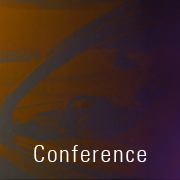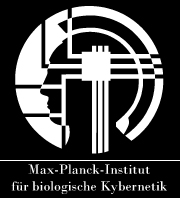Driving Simulators Symposium
17 Sept 2015, Tübingen (Germany)
The development of simulators market and technology has produced a variety of solutions, ranging from highly customized and tuned machines to multi-purpose platforms. Yet, do we really know which solution is best for the intended simulator usage? Does our experience really help us when we need to decide on the specifications of a new simulator? Are we happy with the current solutions? Do we know what is available on the market? What are the trends in simulator use, design and architecture?
To answer these questions, we have invited simulator users (car manufacturers and research institutes) to present their most recent and innovative hardware/software solutions in a moderated symposium.
First of its kind, this symposium will be the ideal settings for a fair comparison of the variety of solutions available today.
Participants
- Bhaitech
- Daimler
- Danisi Engineering
- Darmstadt University
- Desdemona
- Porsche
- University of Stuttgart / FKFS
- Max Planck Institute for Biological Cybernetics
Symposium Guidelines
The symposium is structured in three parts: “FACTS”, “FEATURES”, and “FUTURE”. The first two parts are addressed by each speaker during the individual presentation (rigorously 10 minutes); while the third part is discussed in a panel session at the end of the symposium. Here is a brief description of the three parts:
- FACTS Each speaker describes a specific simulator in a short presentation. The presentation must start with a statement about the purpose of the simulator. Then, only facts are reported, and the speaker should highlight relevant solutions/customizations that were developed for the specific purpose of the simulator. Facts are not limited to hardware/software configurations but could include data about operational workspace, cost for purchase, operation and maintenance, power consumption, etc.)
- FEATURES During the individual presentation, the speaker must explain the following:
- Strengths – With respect to the planned purposes, what are the tasks/features that are better executed/represented in the simulator? In other words, what are the goals that were achieved with the simulator and what are the features to be proud of? What sets this simulator apart from competitors?
- Weakness – Conversely, what was not (yet) possible to achieve? What are the current limitations/unwanted features that one would like to get rid of? Where do other simulators do better?
- Challenges – Consequently, what are the planned upgrades? What can still be done to improve the simulator? What are the future tasks/features that one would like to have in the simulator?
- FUTURE The moderator of the symposium will start a discussion with the speakers and the audience about three topics that should help the community to make useful considerations about the current and future situation of simulators:
- What is the emerging technology in the simulators world? What is the trend for simulators?
- How much customization is needed in a “standard” simulator to achieve a satisfactory performance for the customers’ purposes? Can an out-of-the-shelf simulator be enough? Are improvements still possible from the manufacturers’ side?
- Do we need multi-purpose all-in-one wonders with redundant degrees-of-freedom, or part-task simulators specifically designed for a defined set of tasks?





